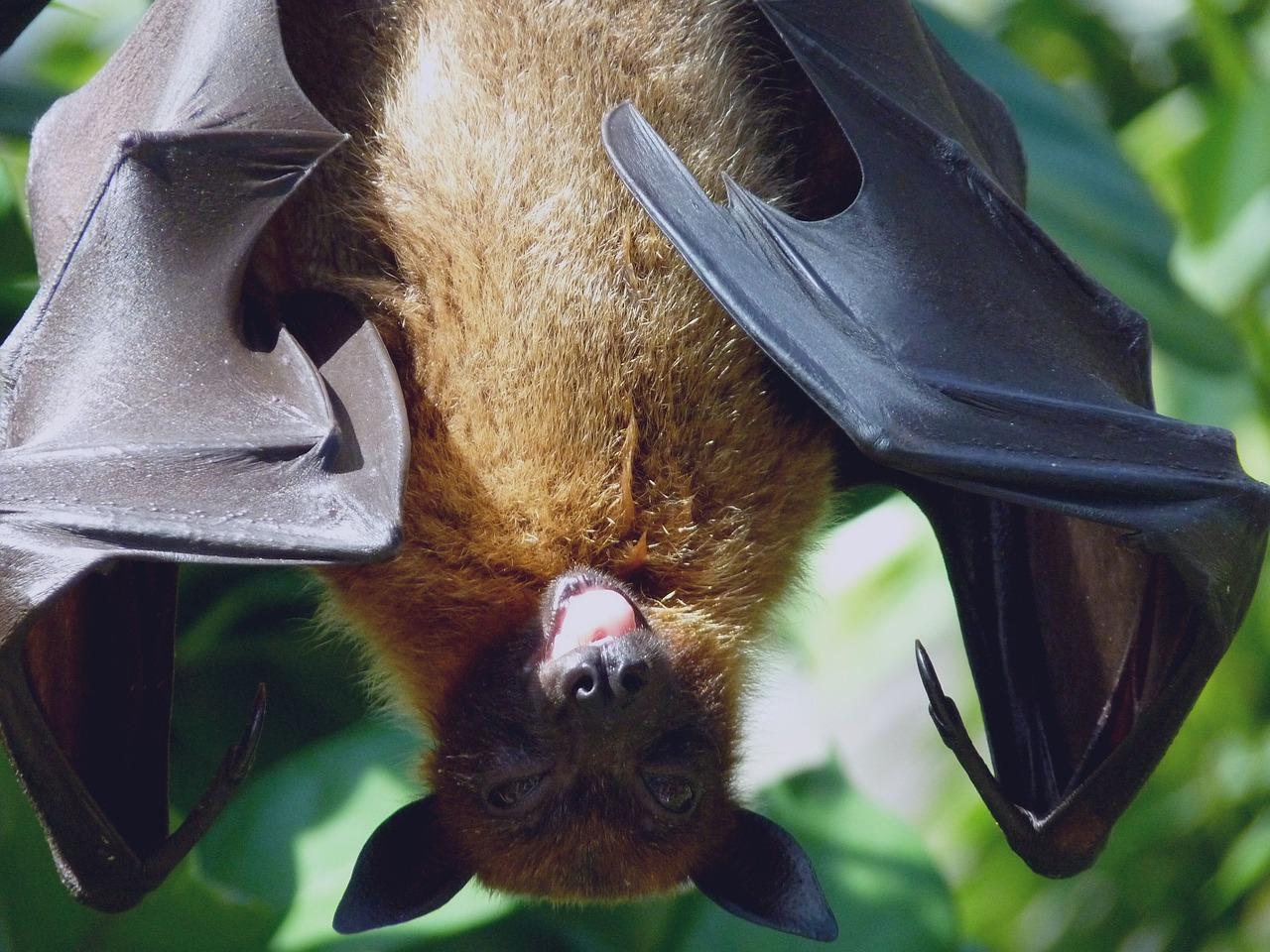
This Halloween, befriend a bat. Dozens of companies are doing it. You might wonder why corporations would care about these much-maligned creatures. Those small flying mammals that adorn houses for Halloween and got a bad (and unfair) rep from Count Dracula have enormous ecological and economic significance. There’s a direct bottom-line impact to preserving the 1,300 species of bats around the world and their habitat.
In our family, we love bats. A favorite book of my daughters when they were young was Stellaluna, which follows the adventures of a lost baby fruit bat. Later, my ornithologist husband and I took them to the Venado Caves in Costa Rica to look for some of the four main bat species that dwell there. We were lucky to spot a few. Our fondness for these clever mammals made our daughters puzzle about why their friends thought bats were scary.
Still frightened of bats? The companies who are working to preserve the ecological and economic of benefits seem to think the scary part would be losing bat species. Ontario Power Generation, BASF, Covia, DTE Energy, Freeport-McMoRan, GM, LafargeHolcim and Marathon Petroleum are all engaging in bat conservation projects on their corporate-owned or leased land. In a recent white paper, the Wildlife Habitat Council reviewed the companies’ efforts and outlined why they’re important.
Insectivorous bats save agriculture billions of dollars through predation of a multitude of agricultural pests. Other bats eat fruit and nectar, acting as pollinators and spreading seeds of the fruit they eat, proving essential to the success of many food products like tequila and chocolate (need we say more?), consequently contributing to the global economy.
Consider these facts from Bat Conservation International:
- Bats pollinate more than 500 species of plants, ensuring the production of fruits that support local economies, as well as diverse animal population
- Bats save U.S. farmers $23 billion annually in pesticides and reduced crop damage by consuming vast amounts of insects, including some of the most damaging agricultural pests
- Fruit-eating bats in the tropics are called “farmers of the tropics” because they disperse seeds that are critical to restoring cleared or damaged rainforest
- Bat droppings (guano) are valuable as a rich natural fertilizer worldwide providing economic benefits for landowners and local communities
Making bats feel at home
Various companies are helping bats thrive in a number of ways, according to the Wildlife Habitat Council. DTE Energy has installed bat houses on its 2,350-acre Taggart Compressor Station site in Michigan to provide roosting habitat that is lacking in the surrounding ecosystem. LafargeHolcim’s Onoway Aggregates in Alberta, Canada not only feature bat houses but engage employees in acoustic monitoring and capture-release monitoring to assess the species.Cave- and mine-dwelling bats are susceptible to disturbance from predators, cavers, vandalism and harassment. Therefore, Covia, a minerals and material solutions company in Michigan, provides shelters for hibernating bats. Marathon Petroleum’s Palestine Neal Pit engages the community and its employees through learning opportunities and community events and a bat learning station. BASF’s Vermont site in Johnson, Vermont works with several local partners to conduct surveys of the site’s bat species and their population.
General Motors’ Milford Proving Ground turns employees into bat detectives, giving them Echo Meter Touch 2 devices, which plug into a smartphone or tablet and uses a special app to analyze bat echolocation calls. The app allows participants to see and hear the echolocation sounds that bats use to navigate and hunt for food at night.
There’s no better time to give bats a break than Bat Week, which ends, not coincidentally, today, October 31, on Halloween. And really, you don’t need to worry that a bat might fly in your hair (even though that’s a thoroughly debunked myth).
In many regions, bats are most likely hibernating on October 31.
Image credit: Pixabay

Based in Florida, Amy has covered sustainability for over 25 years, including for TriplePundit, Reuters Sustainable Business and Ethical Corporation Magazine. She also writes sustainability reports and thought leadership for companies. She is the ghostwriter for Sustainability Leadership: A Swedish Approach to Transforming Your Company, Industry and the World. Connect with Amy on LinkedIn and her Substack newsletter focused on gray divorce, caregiving and other cultural topics.














